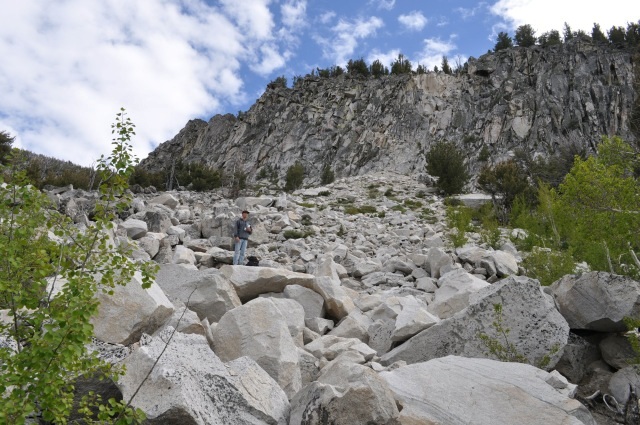Characterization of montane ecosystems, their microclimates, and wildlife distribution and abundance across the hydrographic Great Basin

Project Overview
This project retrieves four years of data from over 200 temperature sensors nested within 28 sites across ~40 million hectares of the hydrographic Great Basin. The sensors span all major aspects and up to 700 m of elevation within sites, and occur in numerous management jurisdictions in 18 mountain ranges plus other areas not in ranges.
This project:
- Quantifies the variability of climate at micro-, meso-, and macroscales across the Basin, and across diel, seasonal, and interannual periods.
- Informs management and conservation efforts, in terms of helping calibrate and refine the climatic ‘stage’ upon which all biological ‘actors’ and efforts hinge (Beier and Brost 2010).
- Feeds into other bioclimatic and wildlife studies seeking to describe climate and biotic responses to it.
Project Documents
- GBLCC Full Proposal
- View a webinar about the findings
- Read about the project in the National Wildlife magazine
Publications
- Nicotra AB, Beever EA, Robertson AL, Hofmann GE, O'Leary J. 2015. Assessing the components of adaptive capacity to improve conservation and management efforts under global change. Conservation Biology. 28(2): 302-314. doi: 10.1111/cobi.12522.
- Beever EA, O'Leary J, Mengelt C, West JM, Julius S, Green N, Magness D, Petes L, Stein B, Nicotra AB, Hellmann JJ, Robertson AL, Staudinger MD, Rosenberg AA, Babij E, Brennan J, Schuurman GW and Hofmann GE. 2015. Improving Conservation Outcomes with a New Paradigm for Understanding Species’ Fundamental and Realized Adaptive Capacity. Conservation Letters: 1-7. doi: 10.1111/conl.12190.
Theme: Climate Change, Fish and Wildlife, Water
Project start date: 5/1/2013
Fiscal year funded: 2013
Project status: Complete
Project managers: Dr. Erik Beever, USGS

